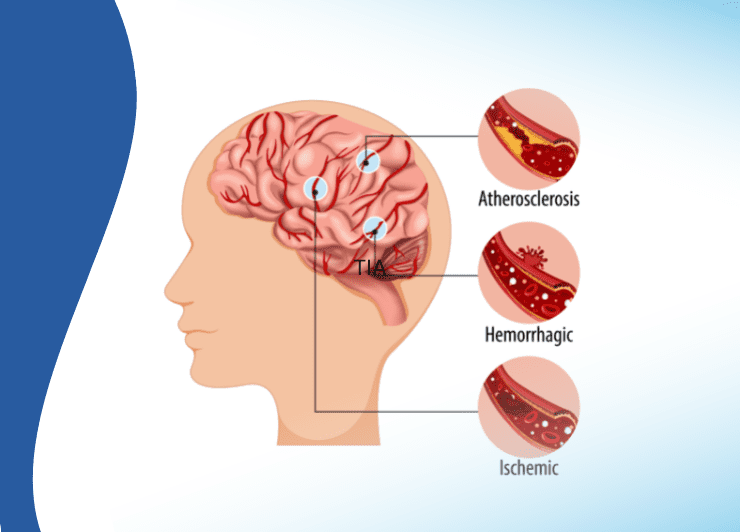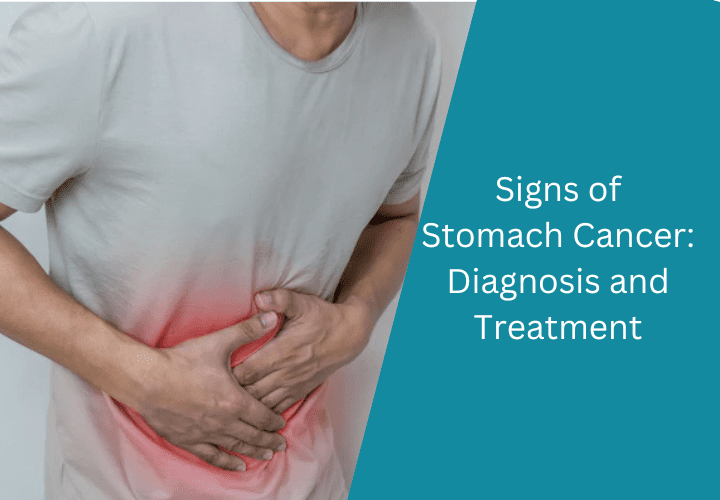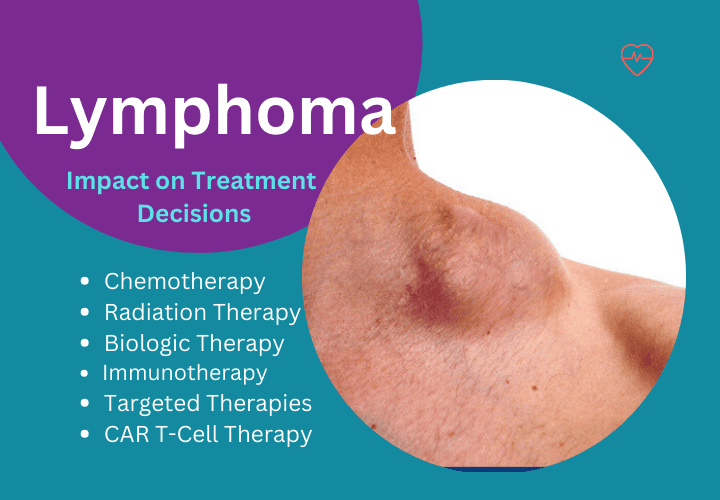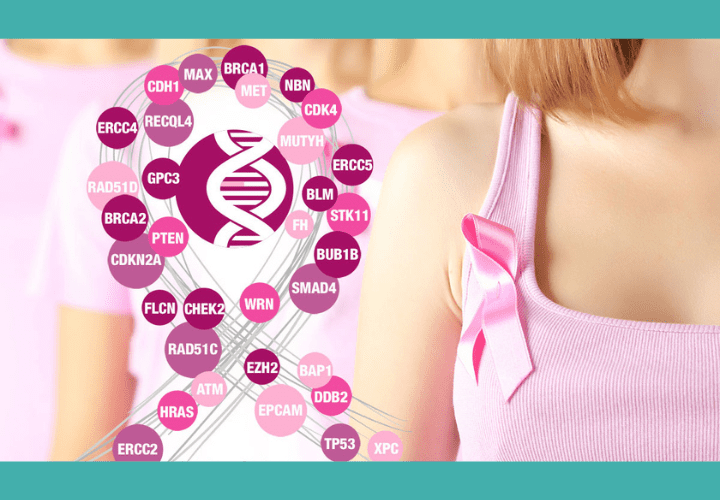Have you familiar with the term ‘Brain Stroke’ or ‘Brain Cancer’? Or have you or your loved one ever faced it? By knowing why strokes happen and making lifestyle adjustments to lower your risk, you can reduce the chances of your loved one having a stroke or tumor. Or you may consult with the best hospitals in Delhi for brain cancer treatment.
Brain stroke is one of the leading causes of death and disability on the globe. The World Health Organization estimates that approximately 15 million people worldwide get a stroke yearly. It could seem challenging to determine whether you are at risk and what to do if someone you love has a stroke due to how rapidly and unexpectedly it can occur. It’s crucial to comprehend the risk factors and symptoms of a stroke so that you can seek aid right away because the damage happens swiftly and can be fatal. So here in this blog, we will discuss about brain stroke, types of brain stroke, warning signs, symptoms and preventions.
What is brain stroke called?
A sudden bleed in a brain blood vessel or a blood vessel obstruction in the brain causes brain stroke, a frequent neurological illness today. A stroke is also known as a cerebrovascular accident (CVA) or a brain attack, which can sometimes be treated or avoided. Because a stroke prevents oxygen from reaching the brain, brain cells and tissues gradually deteriorate, which may eventually result in brain death. The risk of stroke can also be increased by other medical conditions such as high blood pressure (hypertension), high cholesterol (hyperlipidemia), type 2 diabetes, and a history of stroke, heart attack, or irregular heartbeats.
Read More Blog: Glioblastoma Everything You Must Know About This Brain Cancer
What are the types of a brain stroke?
Ischemic stroke, transient ischemic attack (TIA) and hemorrhagic stroke are the three types of brain stroke that arise in the human brain.
- Ischemic stroke occurs when the arteries carrying blood to the brain get blocked, and these blood clots or drastically reduced cerebral blood flow are the leading causes of these blockages.
- Although TIA is not typically regarded as a full-blown stroke, it happens when the blood supply to the brain is temporarily compromised. It is a crucial indicator that a potential stroke may occur.
- A hemorrhagic stroke occurs when an artery in the brain breaks, leaking blood that increases pressure inside the skull, expanding the brain and harming its cells and structures. Some leading causes of this stroke include uncontrollable high blood pressure, excessive blood thinner use, accidents, and protein buildup in blood vessels.
Warning signs of a brain stroke
The signs of a brain stroke might appear unexpectedly and swiftly. Understanding the warning symptoms is essential to receive immediate medical care and avoiding death or disability. The warning signs of a stroke with the acronym FAST are facial drooping, arm weakness, and speech problems. Stroke can strike abruptly, with catastrophic effects. Severe headache, disorientation, dizziness, nausea, loss of balance, numbness, difficulty speaking or walking, vision problems, and weakness are some more stroke signs that may appear in the human body.
What are the symptoms of a brain stroke?
Strokes block oxygen flow to the brain, which can cause substantial, permanent damage and even be fatal if not feasted quickly. Knowing the signs of a stroke is essential because the quicker someone seeks medical attention, the less severe the damage will be. There are some symptoms through which you can be aware of the stroke, that is-
- Sudden onset numbness or weakness typically affects one side of the body and affects the face, arms, or legs.
- An inability to communicate due to confusion.
- Difficulty speaking or understanding.
- Fuzzy vision.
- Dizziness, loss of balance, and immobility.
- Unknown cause of a severe headache.
- Sickness or vomiting.
- Sudden dizziness.
Brain stroke treatments-
While the causes of different strokes vary, the treatment for strokes remains the same. Strokes brought on by blood clots are typically treated by removing the blood clot using methods like Surgery, Mechanical thrombectomy, and Clot-busting drugs.
Surgery- A frequent kind of treatment for blood clots is surgical removal, which involves physically opening the artery through surgery and having the lump removed by the doctors. But surgery to remove the brain tumor carries risks like infection and bleeding in brain tumor surgery.
Mechanical thrombectomy- A catheter must be placed into a significant blood artery to administer mechanical thrombectomy. This instrument handles the automatic evacuation of clots. The odds of a successful outcome are higher if the surgery is performed within 6 to 24 hours of the stroke.
Clot-busting drugs- Blood clots can be removed with the aid of thrombolytic drugs, thereby reducing the risk of stroke. One of the most widely used medications to treat strokes is alteplase IV r-tPA.
What are brain stroke preventions?
Prevention is always preferable to treatment; therefore, you should lower your stroke risk by changing to a healthy lifestyle. You may continue your healthy lifestyle modifications by keeping your blood pressure and blood sugar levels within the normal range. You should eat a healthy diet, abstain from smoking and engage in frequent physical activity.
Brain strokes can happen to anyone, and many different things can cause them. Brain stroke occurs due to many environmental, genetic, and lifestyle variables. You can dramatically reduce your stroke risk by making lifestyle changes. Brain stroke prevention may benefit from preventive medicine and appropriate medical advice. But if you are suffering from a brain stroke or tumor, you should consult Oncoplus, the best cancer hospital in Delhi, India, for brain stroke or brain tumor treatment.






Leave a Reply